|
Enjoy the Beautiful Trails of Virgin Islands National Park
“Look But Don’t Touch!”
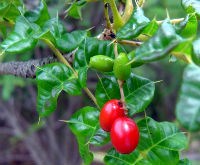
NPS Photo Symptoms: Burning, itching skin, swelling, irritation and rash that can last up to several weeks.
Remedy: Possible use of anti-itch creams or ointments.
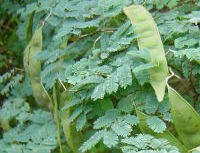
NPS Image Symptoms: Barbed spines can penetrate skin causing dozens of cuts, irritation, redness, swelling and infection.
Remedy: Wash wounds, apply antibiotic ointment or cream.
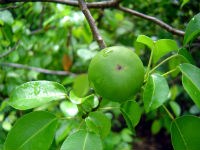
NPS Photo Symptoms: Severe burning and blistering of the skin, temporary blindness.
Remedy: Wash with soap and water; if severe reaction, seek medical treatment.
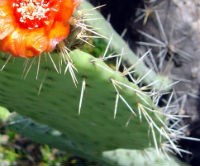
NPS Photo Symptoms: Localized pain, inflammation, irritation and rash.
Remedy: Remove spines carefully to alleviate pain.
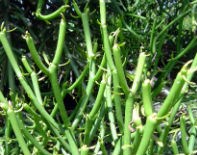
NPS Photo Symptoms: Skin irritation, severe rash and blisters, blindness if it gets in the eyes.
Remedy: Wash affected area immediately with soap and water. Seek immediate medical attention for eye or mouth exposure.
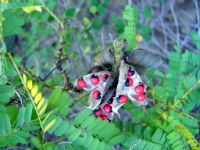
NPS Photo Symptoms: Nausea, vomiting, convulsions, liver failure, death.
Remedy: If ingested seek medical attention immediately.
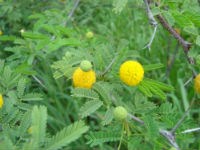
NPS Photo Symptoms: Deep puncture wounds, redness, painful swelling, localized pain and infection.
Remedy: If infection develops seek medical attention.
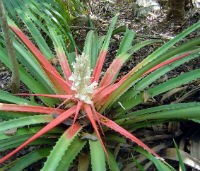
NPS Photo Symptoms: Scratches, cuts and shallow puncture wounds.
Remedy: Wash wounds, apply antibiotic ointment or cream.
Jimson Weed, Prickly Burr or Deadly Nightshade (extremely toxic) These herbaceous, poisonous plants are found along roadsides and disturbed areas. Distinguished by their umbrella-shaped flowers and round prickly seed capsules they can grow to a height of five feet, preferring to grow in full sunlight.
Symptoms: Delirium, increased heart rate, rapid breathing, amnesia and even Death!
Remedy: Seek immediate medical attention.
To prevent contact with hazardous plants, please stay on trails and roadways.
In case of EMERGENCY DIAL 911
From Cell Phone DIAL (340) 776-9110
Down load the Plants to Avoid brochure for future reference. |
Last updated: April 30, 2015
